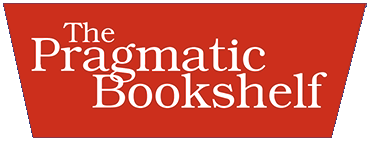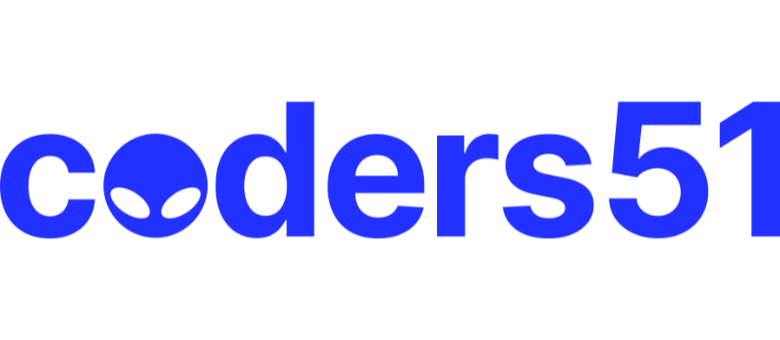jrinaldi
Effective Haskell: wrong definition of sumOfUniques (page 393 on Kindle)
Currently, it is:
sumOfUniques n = foldr (add n) (additiveIdentity n) . unique n
It should be:
sumOfUniques n = foldr add additiveIdentity . unique n
Marked As Solved
jrinaldi
Hi Rebecca,
Thank you very much for the detailed explanation. Sorry, the example is actually correct.
I was missing the fact that equal and additiveIdentity are actually field selectors. Instead, I thought they were the fields: types a -> a -> Bool and a, respectively. That would have been the case if the Natural a would have been pattern-matched against Natural{..} by enabling the RecordWildCards extension.
Also Liked
RebeccaSkinner
Hi!
Are you seeing an error? I believe this example should be correct. Remember than in example we’re using our own definition of Natural - a record that contains functions that tell us how to do arithmetic:
data Natural a = Natural
{ equal :: a -> a -> Bool
, add : a -> a -> a
, multiply :: a -> a -> a
, additiveIdentity :: a
, multiplicativeIdentity :: a
, displayAsString :: a -> String
}
We’ll call sumOfUniques by giving it some particular definition of natural numbers, for example intNatural or peanoNatural. Here’s an example of how we might call it:
λ sumOfUniques intNatural [1..10]
55
In this example, we’re passing in intNatural, which tells us how to do these operations on Int values. Its’ defined like this:
intNatural :: Natural Int
intNatural = Natural
{ equal = (==)
, add = (+)
, multiply = (*)
, additiveIdentity = 0
, multiplicativeIdentity = 1
, displayAsString = show
}
If we substitute intNatural for nn in our example, we’d end up with something like this:
foldr (add intNatural) (additiveIdentity intNatural) . unique intNatural
You can see here that we’re accessing the functions inside of our Natural record and passing them in as arguments to foldr. If we expaned this out another layer, it’ll make a bit more sense:
-- First, remember that
add intNatural = (+)
additiveIdentity intNatural = 0
-- so
foldr (add intNatural) (additiveIdentity intNatural) . unique intNatural
-- is the same as
foldr (+) 0 . unique intNatural
Later, once we refactor Natural to be a type class instead of a record, we won’t need to explicitly pass around n at all, since that will be part of the constraint in our type class. In that case, we can imagine that our definition would be something like:
sumOfUniques :: Natural n => [n] -> n
sumOfUniques = foldr add additiveIdentity . unique
Popular Pragmatic Bookshelf topics

Other popular topics

Categories:
Sub Categories:
Popular Portals
- /elixir
- /rust
- /ruby
- /wasm
- /erlang
- /phoenix
- /keyboards
- /python
- /js
- /rails
- /security
- /go
- /swift
- /vim
- /clojure
- /emacs
- /haskell
- /java
- /svelte
- /onivim
- /typescript
- /kotlin
- /c-plus-plus
- /crystal
- /tailwind
- /react
- /gleam
- /ocaml
- /flutter
- /elm
- /vscode
- /ash
- /html
- /opensuse
- /zig
- /centos
- /deepseek
- /php
- /scala
- /react-native
- /sublime-text
- /lisp
- /textmate
- /nixos
- /debian
- /agda
- /django
- /kubuntu
- /arch-linux
- /deno
- /nodejs
- /revery
- /ubuntu
- /manjaro
- /spring
- /lua
- /diversity
- /markdown
- /julia
- /c









